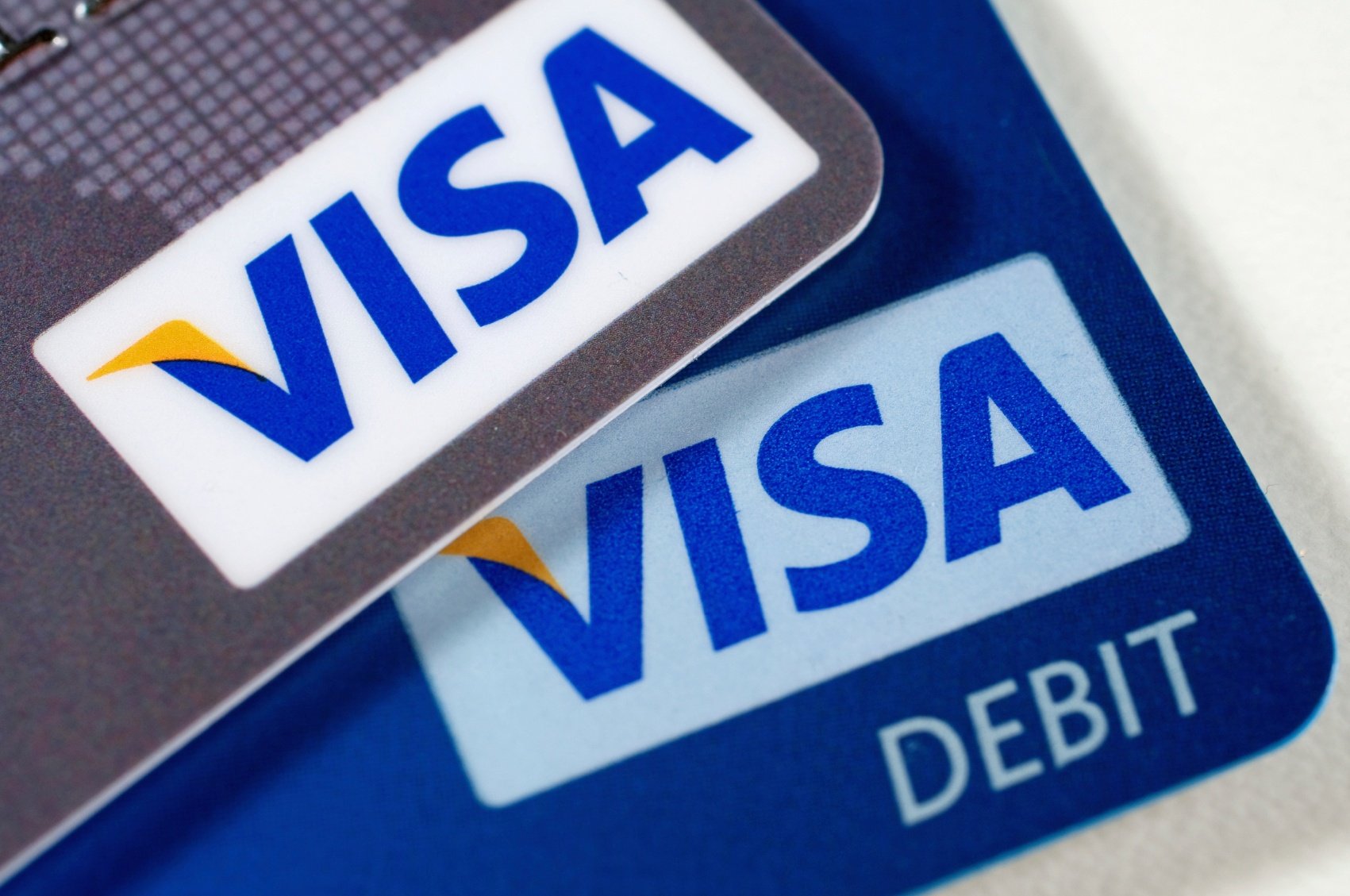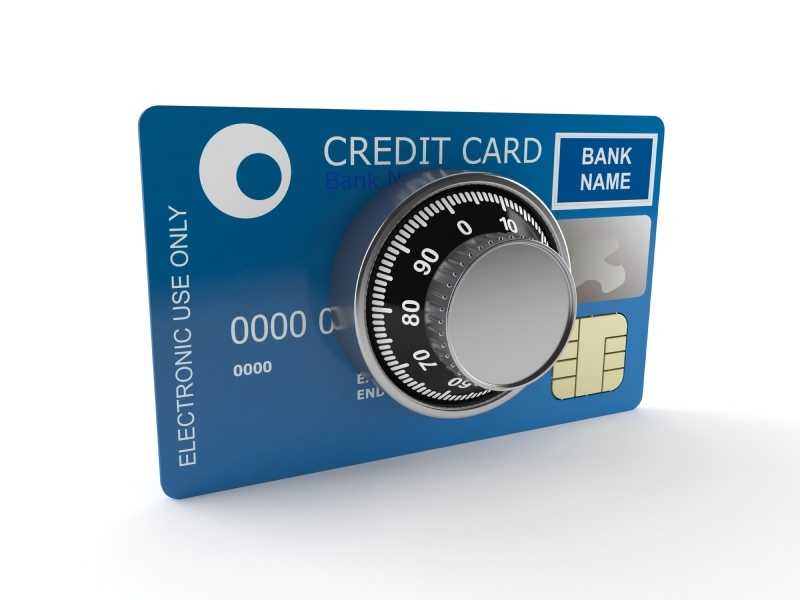Visa rolled out a new dispute claims resolution system that has major implications regarding chargeback disputes.
The New Visa Claims Resolution
In April of this year, Visa implemented the new dispute resolution system, the Visa Claims Resolution (VCR), which triggered fundamental changes to how chargeback disputes are handled. Chargebacks are mainly charges or refund transactions that have been challengedby the customer.
Whenever a chargeback is filed, the merchant can either accept the chargeback or dispute it. If the merchant does decide to dispute the chargeback, they enter into the process of chargeback representment.
With these sweeping changes, Visa aims to reduce the number of invalid disputes that are processed, streamline the process, and automate the system. “To improve the efficiency of handling disputes, Visa is focused on automating and simplifying the dispute-resolution process while also keeping pace with the needs of the payment industry,” Visa officially announced in the April document which outlined the changes.
Additionally, Visa claimed, “VCR is designed to provide benefits to all stakeholders, including merchants, throughout the dispute cycle as well as through other means.”
How Have the Rules Changed?
The new chargeback resolution model will impact all parties involved in disputed transactions: issuers, acquirers, merchants, and consumers alike. The purpose of this new system is to resolve chargeback disputes in a standardized and timely manner. However, the complicated guidelines may be difficult for merchants to understand. To help sort out these guideline updates, we’ve compiled a list of the major changes in the Visa dispute-resolution process and how those changes affect payment industry stakeholders:
1. Rule Change : The categories of chargeback reason codes have decreased in number from 22 categories to 4 categories. The 4 new categories include: fraud, authorization, processing errors, and customer disputes. These 4 categories are further broken down into either of two more groups (called workflows): allocation or collaboration.
Impact of Change 1: The concept behind cutting back the number of categories was that it would streamline the chargeback process and automate the system. With this new process, the merchant and consumer are able to settle chargeback disputes on their own through the collaboration workflow, or they can submit their dispute to Visa’s arbitration process. The automated workflow for disputes will determine if chargebacks meet Visa’s criteria and will eliminate those disputes that don’t qualify. The intent here is that this new automatic process will help to accurately identify those charges that are truly fraudulent, which should help merchants in the long run.
However, cutting back the number of reason code categories means less specific reasons for chargeback disputes, which gives merchants limited information when a customer requests a refund. Whenever there is a complaint, the liability falls on the merchant so this could put the business in a tough spot.
2. Rule Change: The reason code 75 (“Transaction Not Recognized”) has been eliminated. This code was one of the most commonly used because it was applied to chargebacks that did not easily fit into a specific category.
Impact of Change 2: The idea was that with more clearly delineated categories, this transaction code would no longer be necessary. A more specific reason for the dispute is now required upfront which could cause some difficulty for merchants. This change made to the chargeback process was designed to promote communication between the merchant and the consumer and potentially eliminate the need for a chargeback completely. With the new system in place, issuers and merchants must have effective processes for handling and preventing disputes and be prepared to promptly recognize the difference between fraudulent claims and authentic chargebacks. It is imperative that merchants and issuers foster communication with each other and also collaboratively communicate with the consumer.
3. Rule Change: The time allowed for merchants to file a dispute was cut by one-third. Before merchants had 45 days to respond to chargebacks but now they must respond within 30 days (which will be shortened to 20 days in 2019). Moreover, the resolution time used to take up to 150 days but now a resolution must be complete in 31–70 days for authorization and fraud disputes (which fall under the allocation workflow) and 31–100 days for processing errors and customer disputes (which fall under the collaboration workflow).
Impact of Change 3: Before VCR was implemented, chargebacks took, on average, about 46 days to complete. With the new system, the process should take only about 31 days. A streamlined dispute process means faster resolutions for consumers and less time that funds are tied up for merchants.
Another big impact of this new system is that for fraud and authorization disputes, merchants are now required to respond to all chargebacks, whether they are disputing them or not. Under the old system, a response in 45 days was required only for disputes. However, now merchants will be subject to fees if they do not respond to all chargebacks within 30 days. For consumer and processing disputes, the practice has remained the same and they will be resolved by having issuers, acquirers, and merchants working together to come up with a solution.
According to Scott Stone, Chief Marketing Officer at Chargeback, “The biggest impact on merchants will likely come from two changes: the reduced response time frame and the response requirements for fraud and authorization chargebacks, which are strict. Merchants will need to respond appropriately and more quickly than before, in addition to strictly adhering to compelling evidence specifically documented in Visa’s rules and regulations.”
4. Rule Change: The number of disputes that merchants are allowed to initiate was changed to 35 chargebacks for e-commerce transactions in a 120-day period. If the limit is reached, further disputes will be blocked from that merchant account
Impact of Change 4: This new rule was intended to limit the total number of chargebacks that merchants receive. Visa claims that the resolution system should eliminate the number of total disputes by 15%.
What Does This Mean?
Businesses that are not prepared will lose out when it comes to this new process and the impact of the changes widely depends on the merchant’s ability to adapt. It is important for merchants to become aware of the procedural and technical changes imposed by this new system.
Businesses must also be ready for some staff reallocation and new training with regards to these chargeback changes.
Because Visa is the number one credit card processor, experts believe it is only a matter of time before other industry leaders like Mastercard, American Express, and Discover follow suit and update their dispute processing systems as well. By preparing for these system changes now, merchants can save themselves a lot of trouble in the future.
Contact us at sales@l3payments.com to discuss these and other questions related to your payment processing needs!



